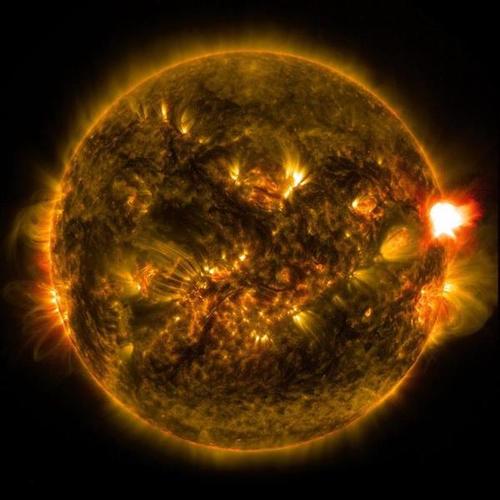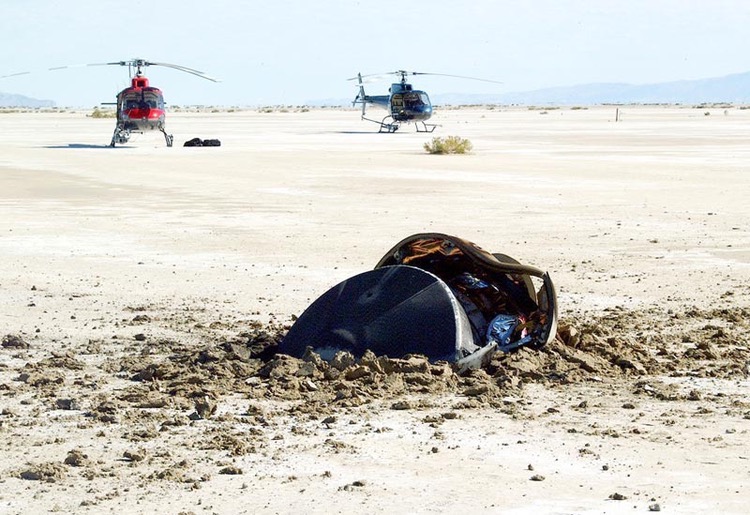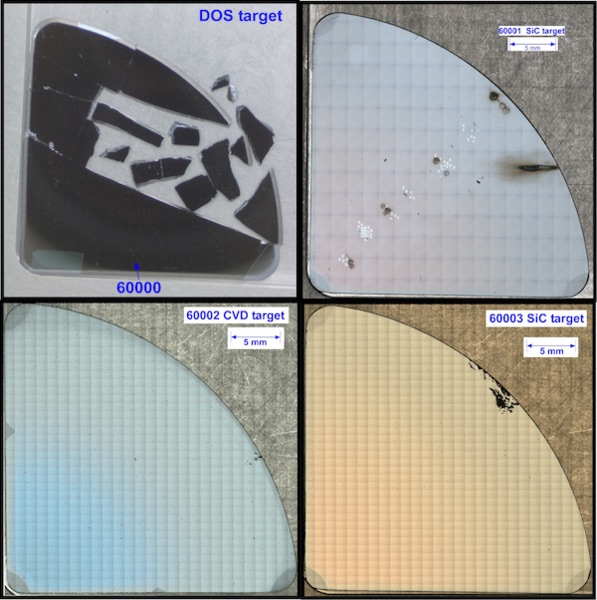How Scientists Collected a Piece of the Sun

Our mighty sun bathes Earth in a tender glow. Reach overhead on a cloud-free, summer day, and it almost feels like you can catch a few of its caressing rays. While your relaxing efforts will technically be unsuccessful, it should warm your heart to know that scientists have literally caught some of the Sun's rays. And you know what's even cooler? There's a place on Earth where you can actually hold a piece of the sun!
Stored within two tidy cleanrooms at the Johnson Space Center in Houston, Texas is a collection of metallic wafers and foils, and etched within their insides are particles of the solar wind. Fifteen years ago, these charged particles shot out into space from the sun's upper atmosphere at speeds of up to 750 kilometers per second. Usually, they'd trek out into the solar system, but on this occasion, something was waiting for them. Camped at a location between the Earth and Sun where their gravity's cancel out was a radiant spacecraft, fanned out to catch as much of the precious particles as possible.
The spacecraft was called Genesis, and for 850 days between December 2001 and April 2004, it captured as much of the Sun as it could within wafers and targets composed of materials like silicon, diamond, gold, aluminum, and sapphire.
A four-month journey back to Earth ensued. Afterwards, from high orbit, Genesis deployed a capsule containing the collection plates. On September 8, 2004, the capsule descended to Earth. After a fiery re-entry, the craft was intended to slowly float downwards, suspended by a massive parachute, where a hovering helicopter would safely catch it. But to scientists' horror, the parachute malfunctioned, and the capsule slammed into the Utah desert, spilling priceless pieces of the sun onto the heat-baked sand.
The word "disaster" seemed fitting for the scene as officials approached the Genesis wreckage, but as scientists examined the scraps, they soon realized that all was far from lost. Many of the collecting devises were shattered, but others were largely intact, with the solar samples safely embedded inside. Recovering them was a matter of sifting through and removing contaminants from the crash site, a tedious task to be sure, but entirely accomplishable. By January 2005, the first wafer was deemed fit for analysis. Scientists now had their unspoiled piece of the Sun, and they set about examining it.
Analyses returned some fascinating results. For one, researchers determined that hypothetical particles called solar energetic particles did not actually exist within the solar wind, countering a long-held supposition from the Apollo era. They also found that that the Sun has a higher proportion of Oxygen-16 (the most common isotope of the element) than Earth. That's strange, since the Earth and most everything in the solar system was born out of the same nebula. So what happened to the oxygen? Scientists still aren't sure. The Genesis samples also helped to slightly revise the known composition of the sun.
There's undoubtedly more we can learn from the solar particles. For now, they are safely stored away, waiting for novel technologies and inquisitive scientists to unlock their secrets.
Breaking space news, the latest updates on rocket launches, skywatching events and more!
Originally published on RealClearScience.
Steven Ross Pomeroy studied zoology and conservation biology, but has long had a passion for journalism and writing. His work as writer and editor appears at RealClearScience’s website, where he covers anything that sparks his curiosity and love of learning. More of his writing can be found at Big Think, Slate, Science Now, Gizmodo, and Scientific American.




